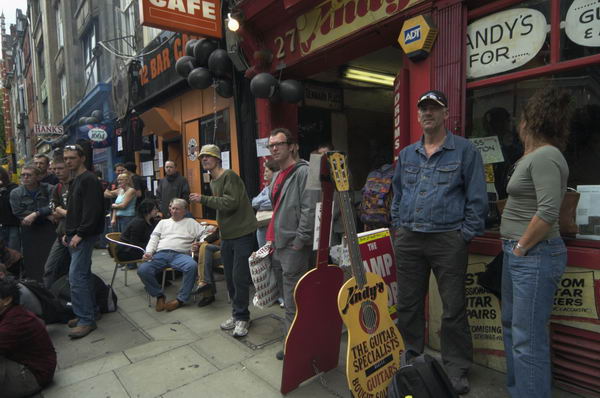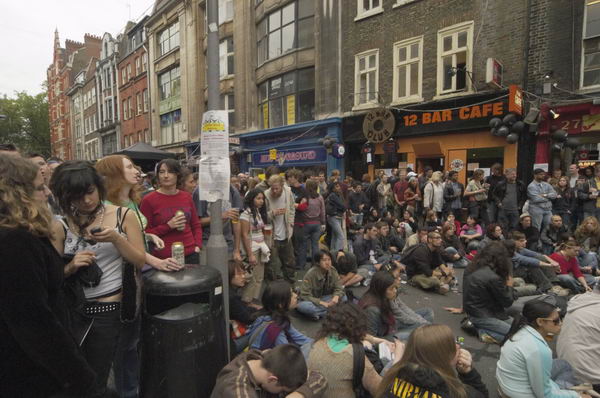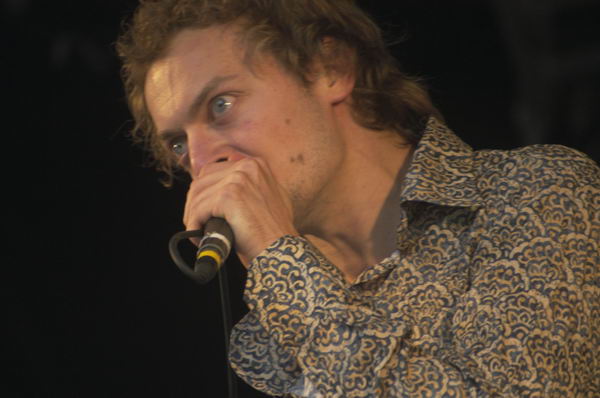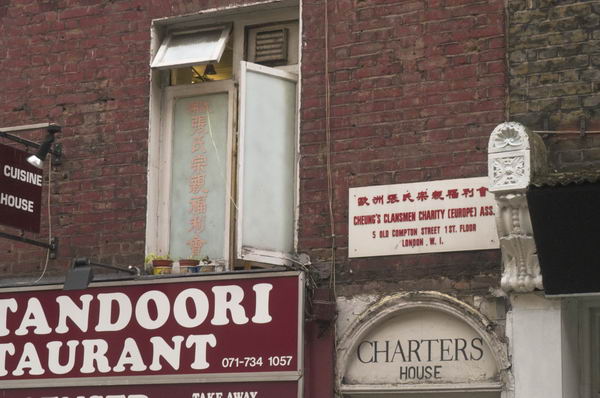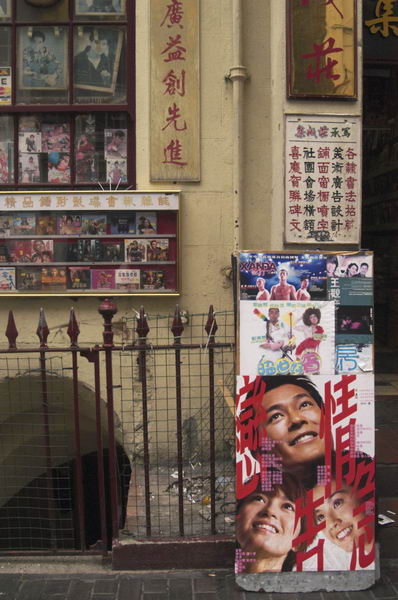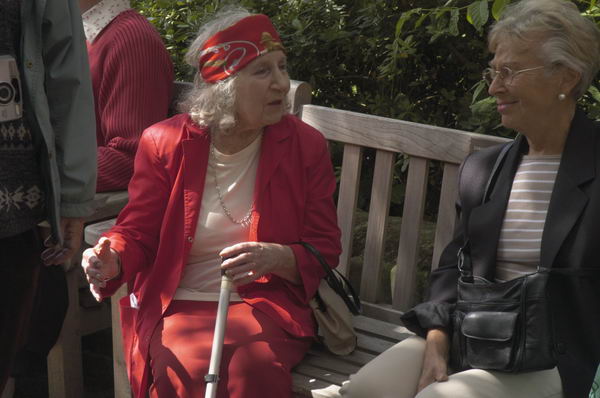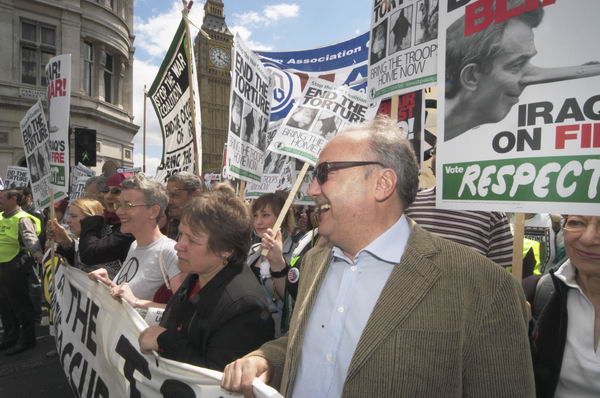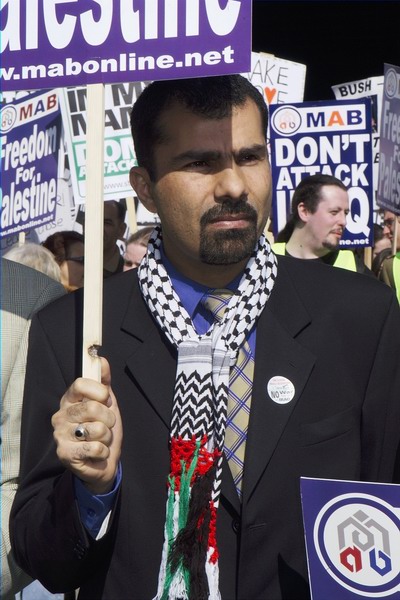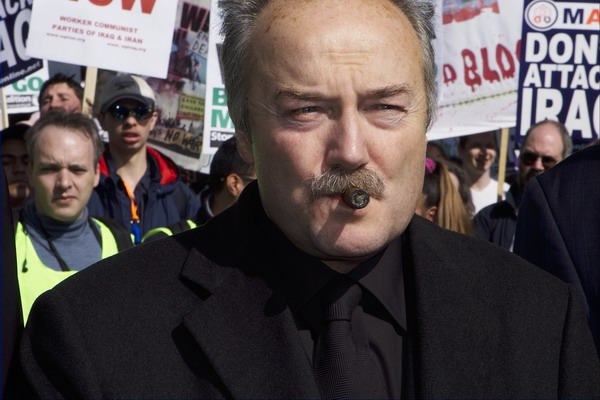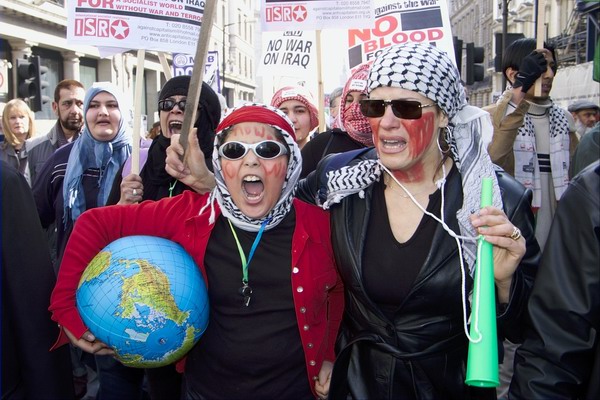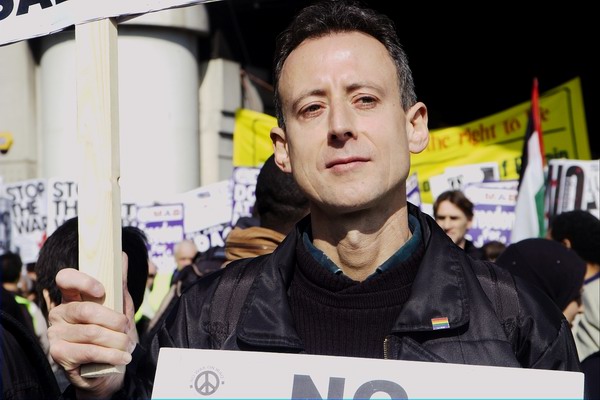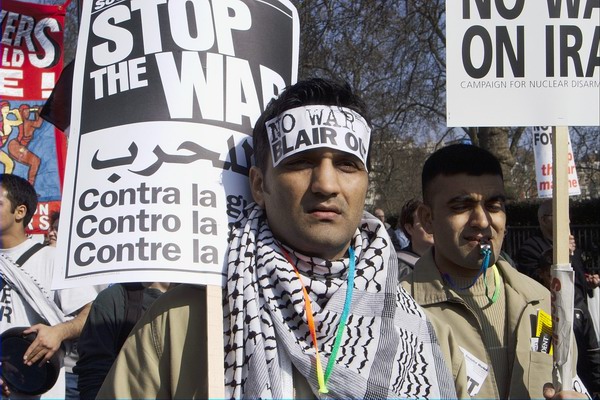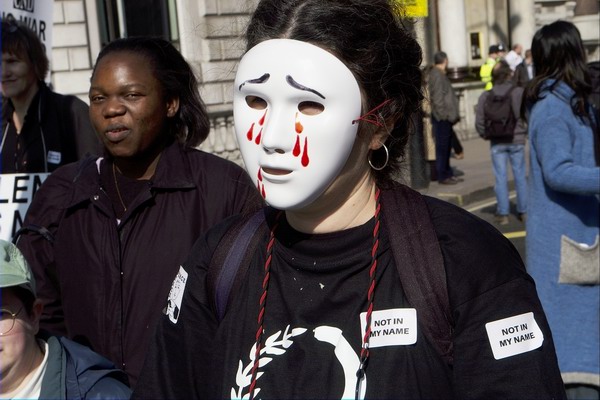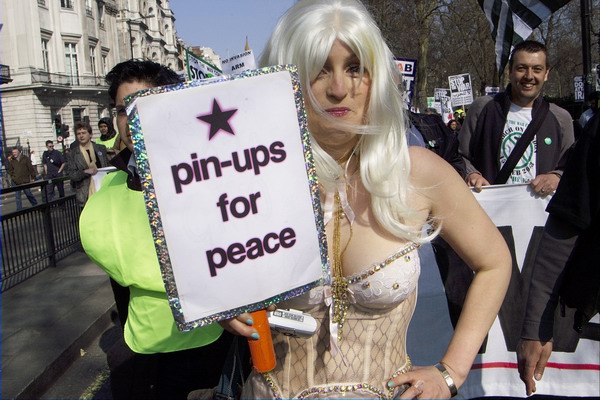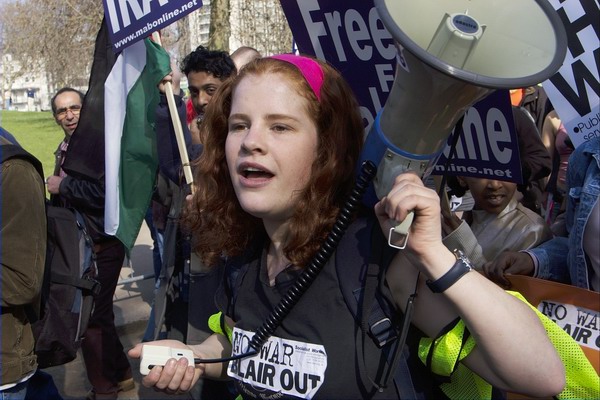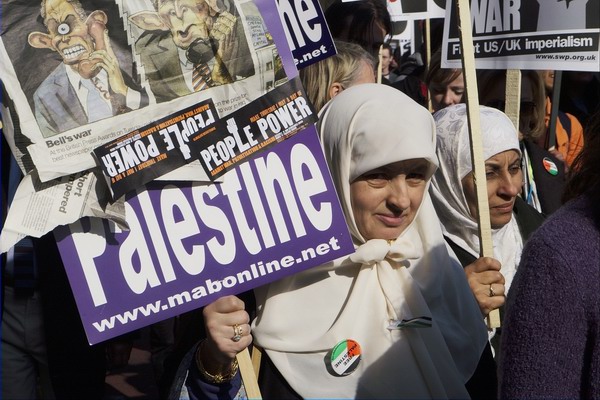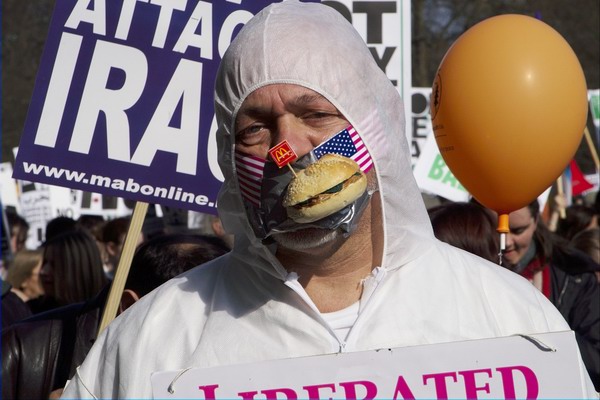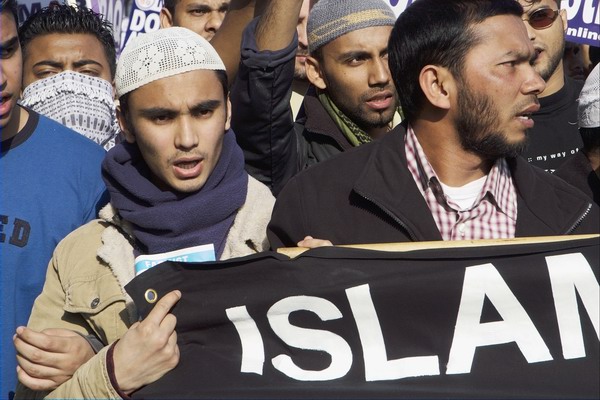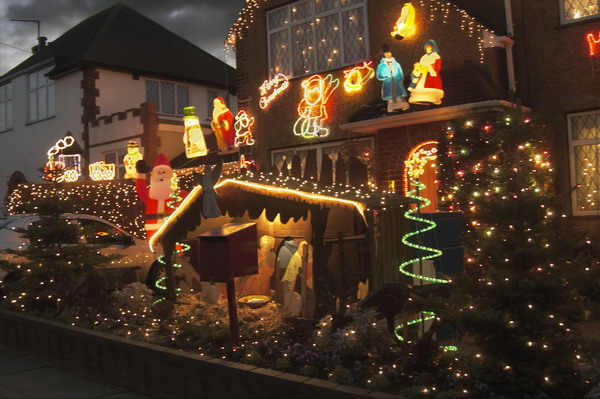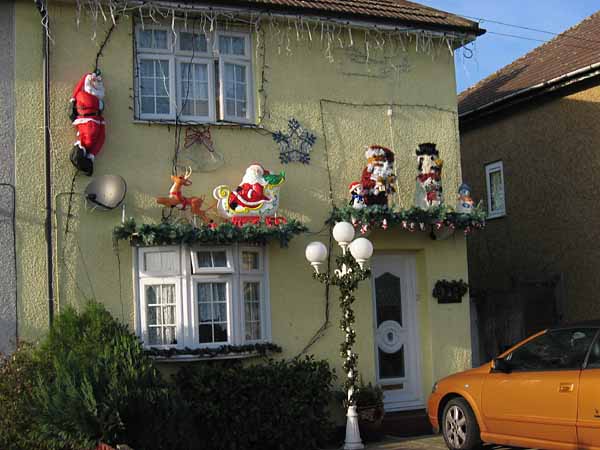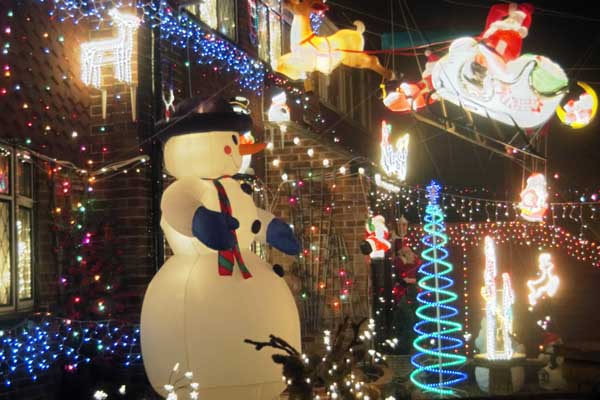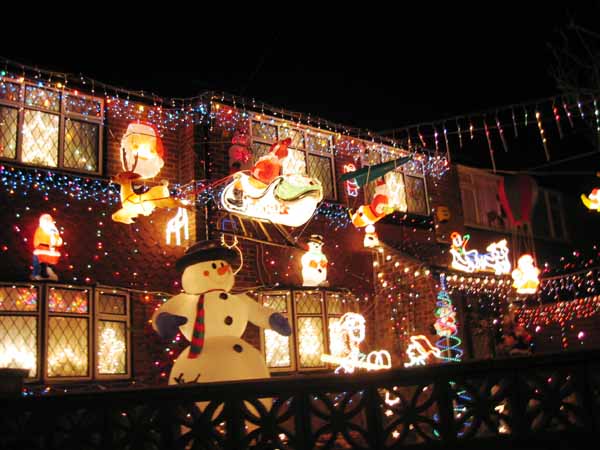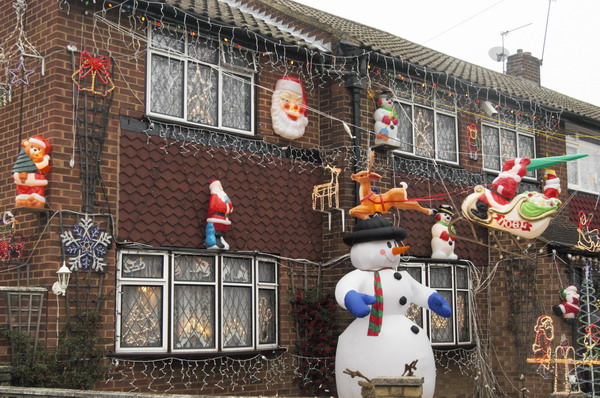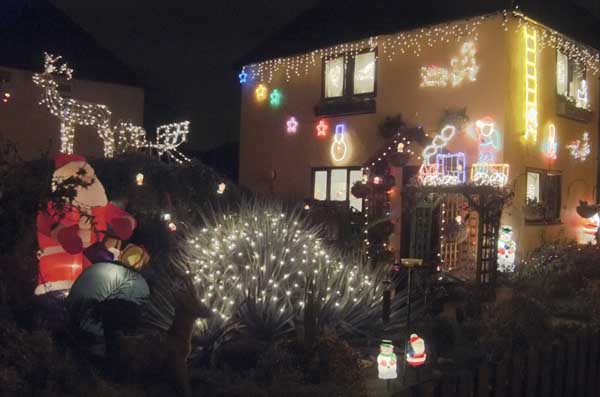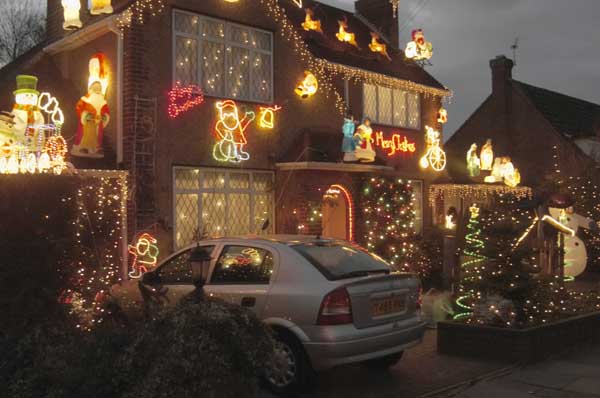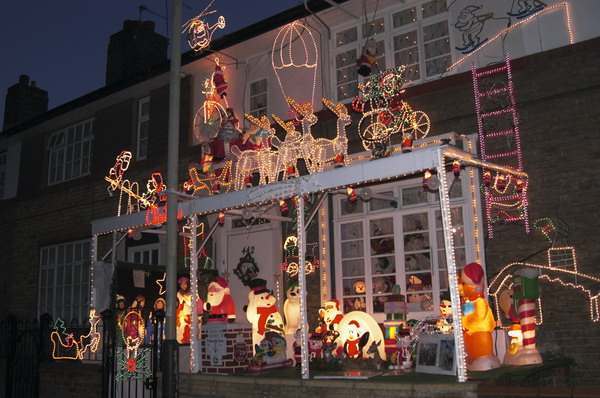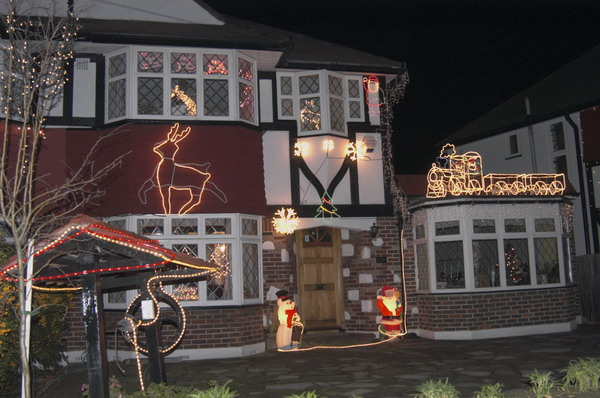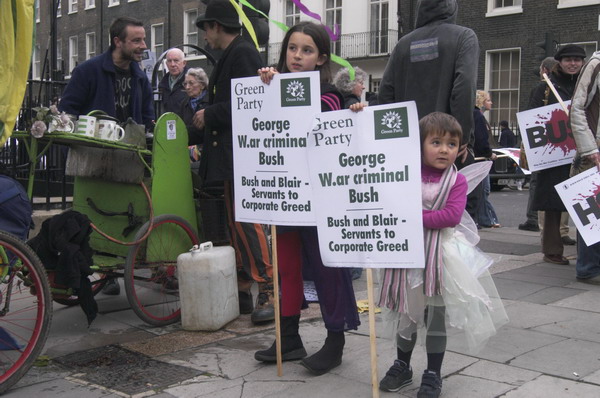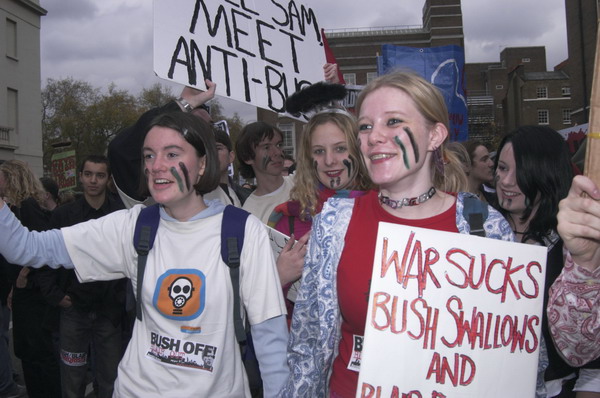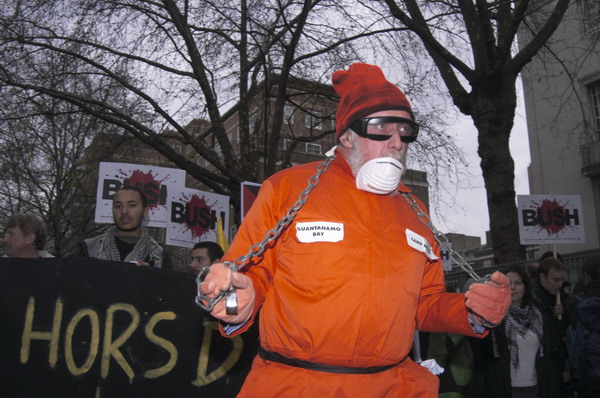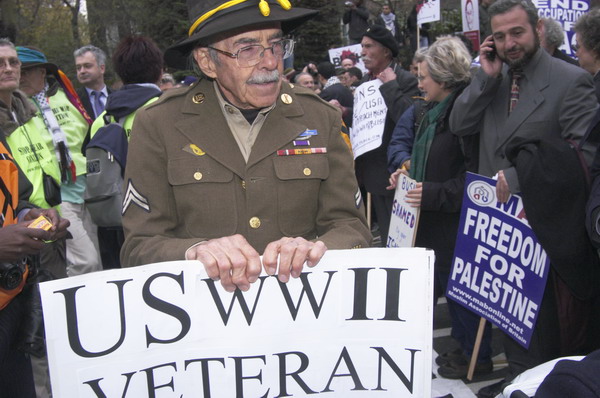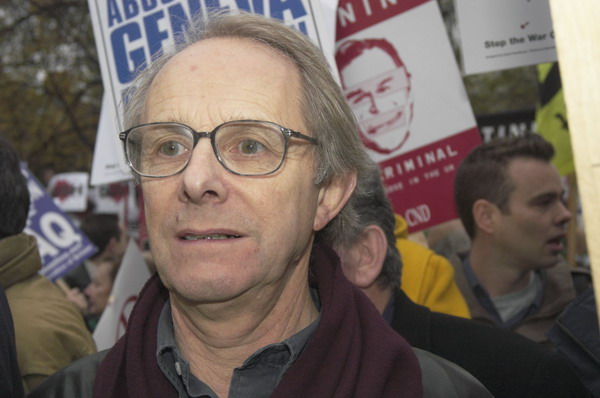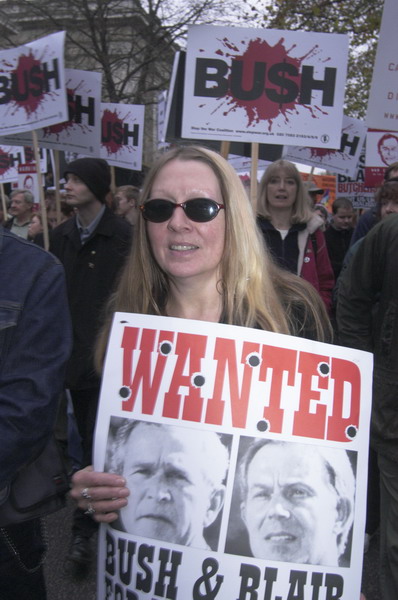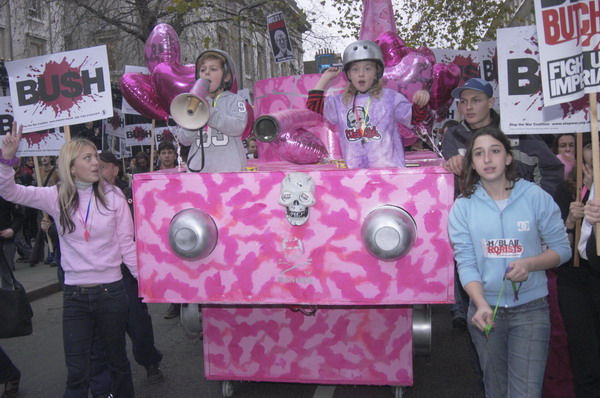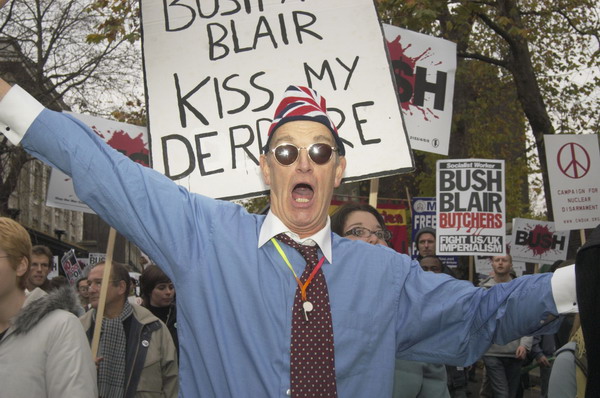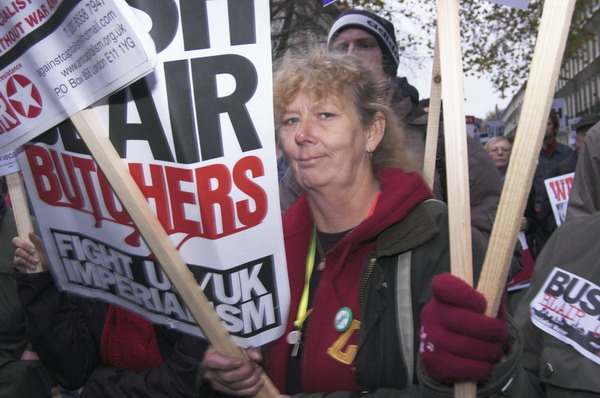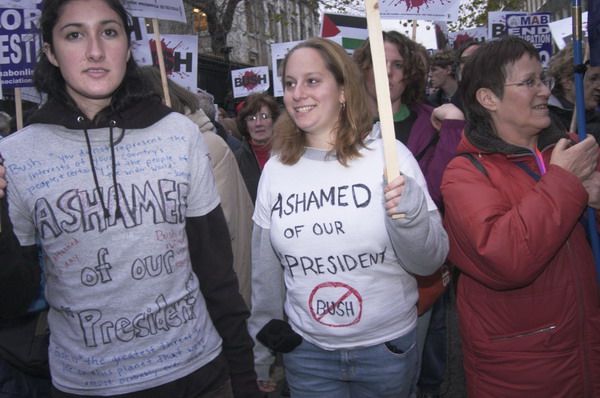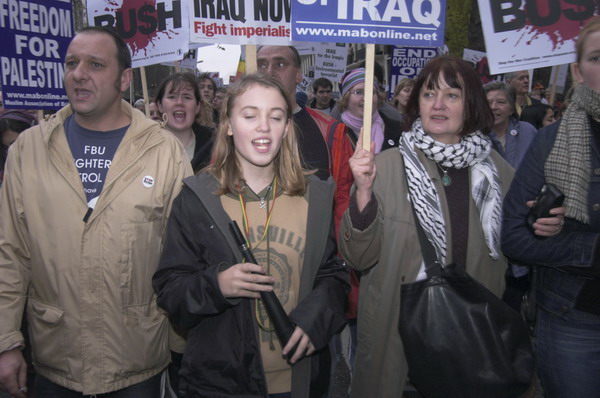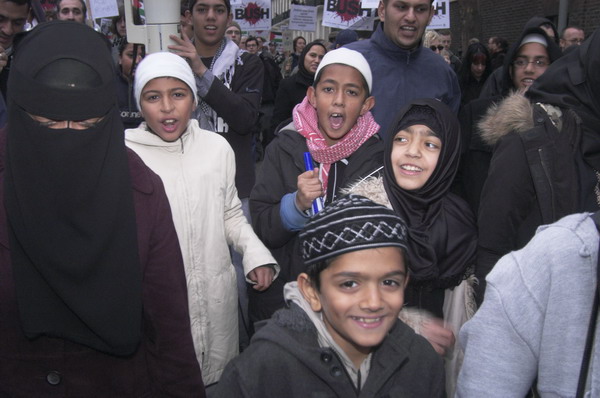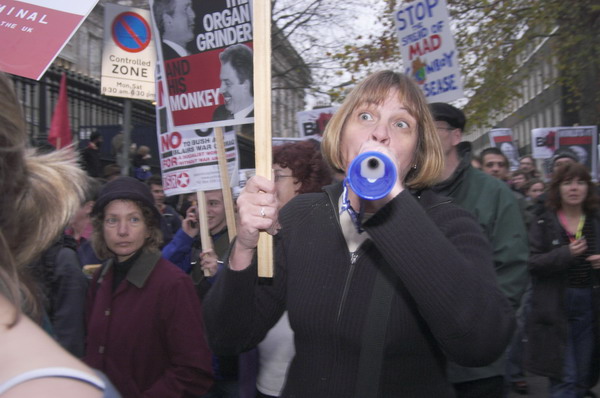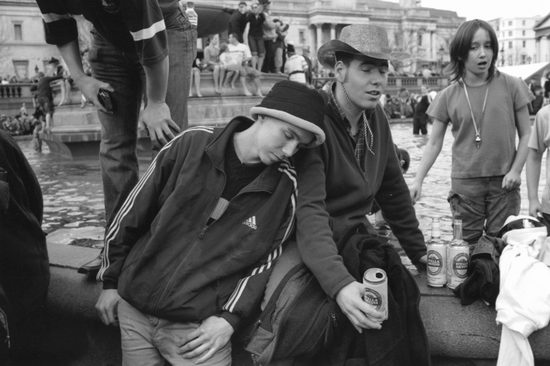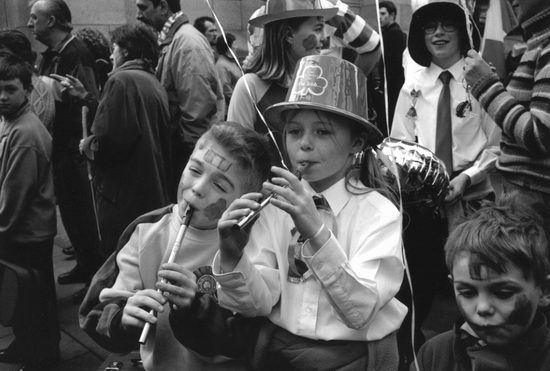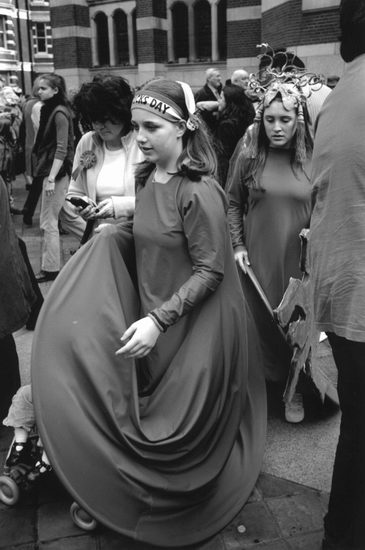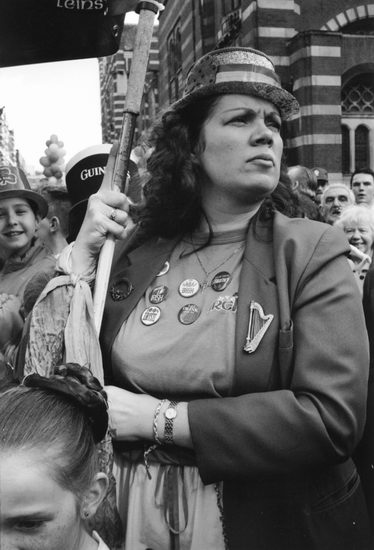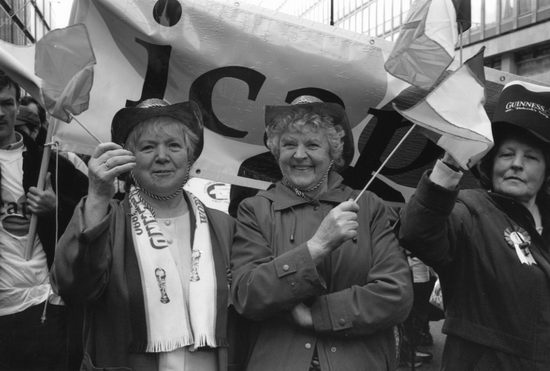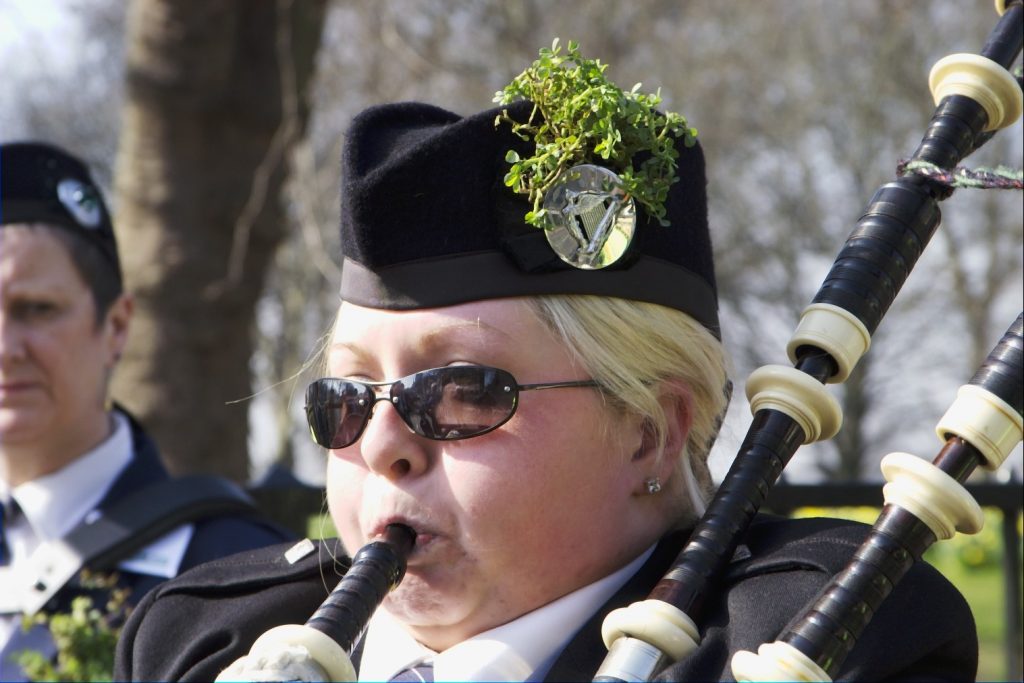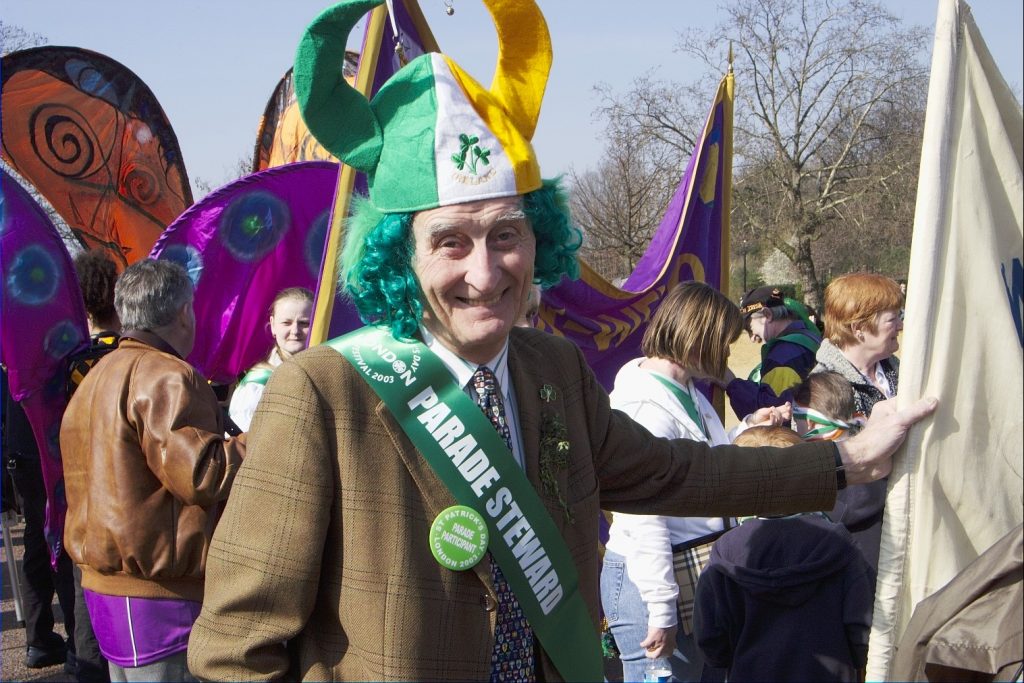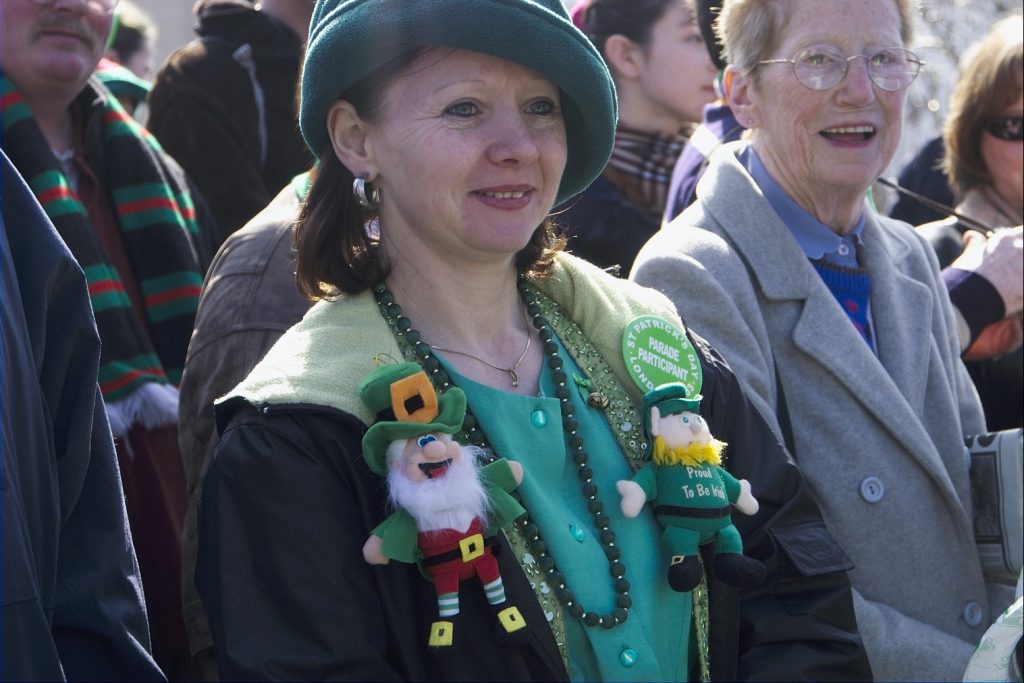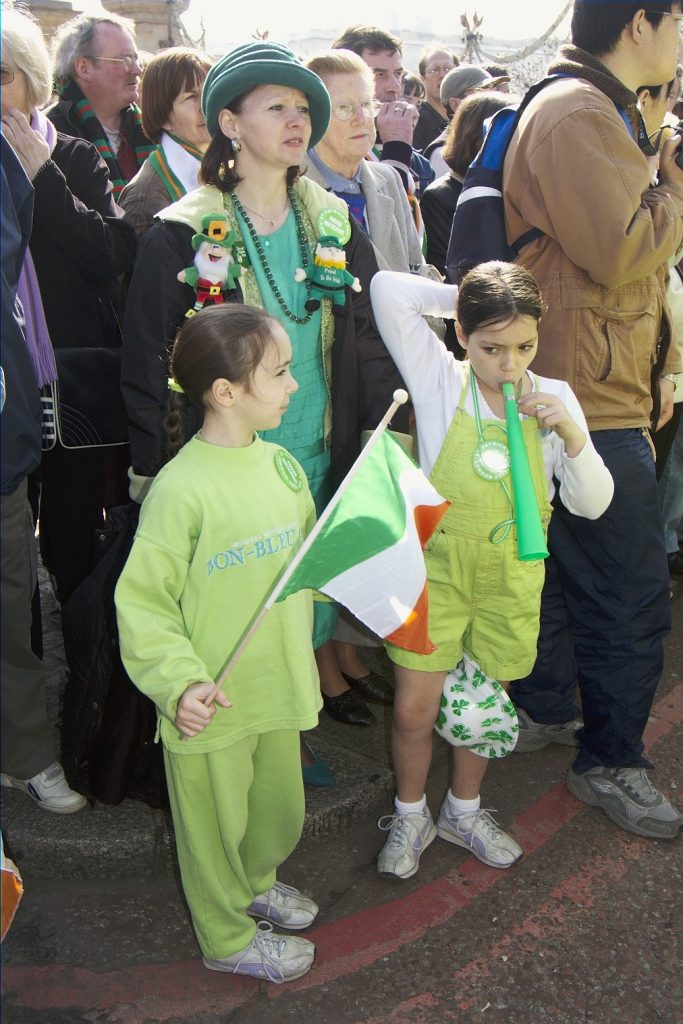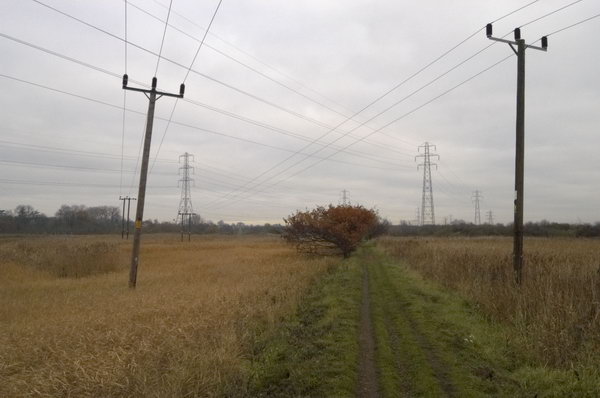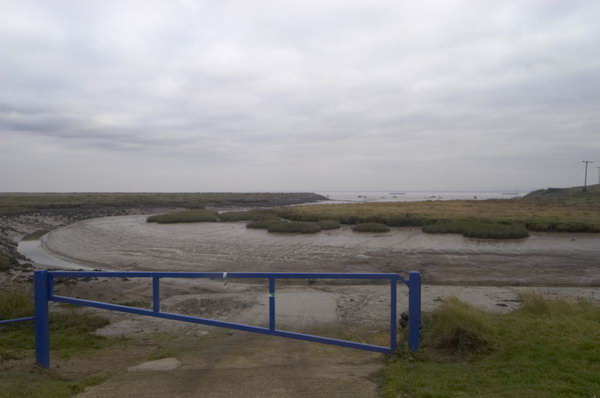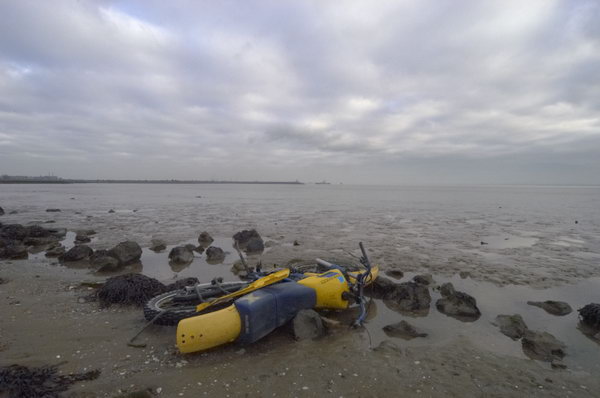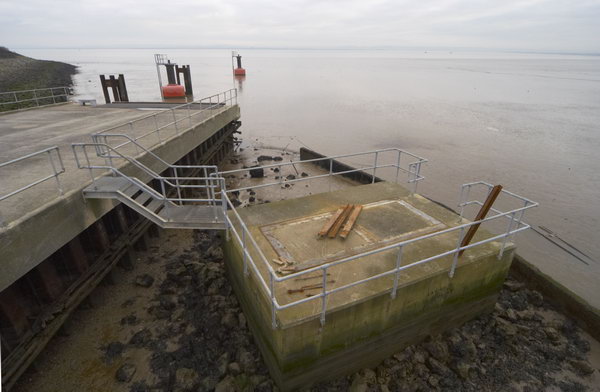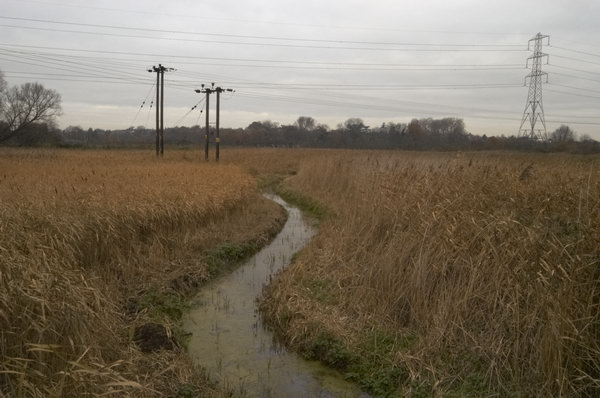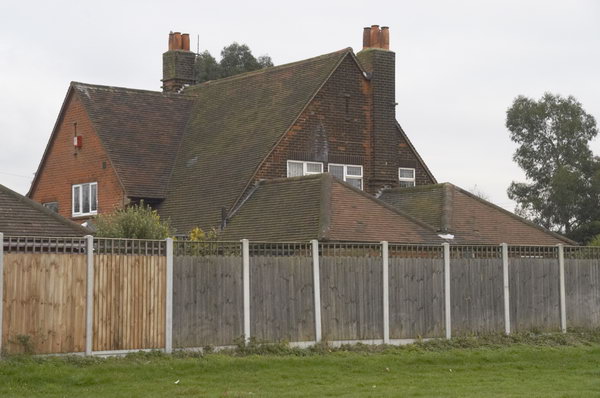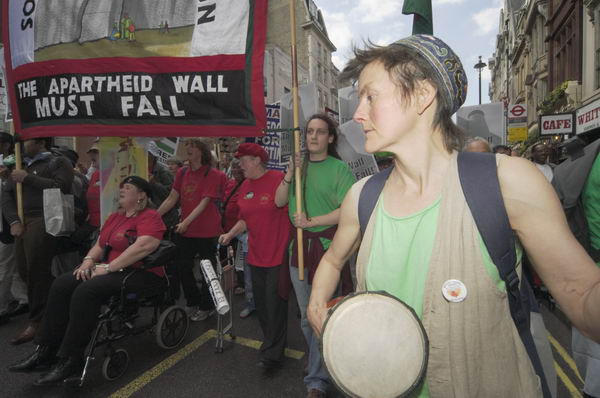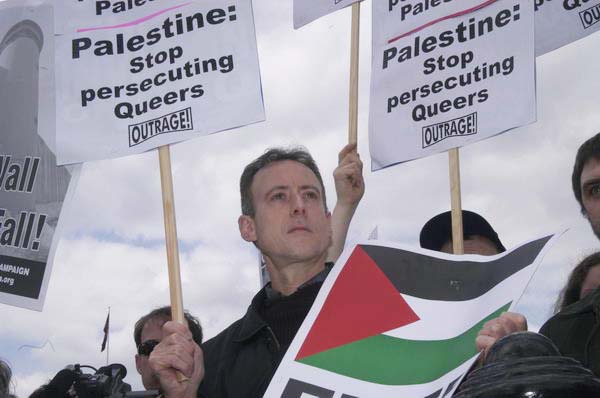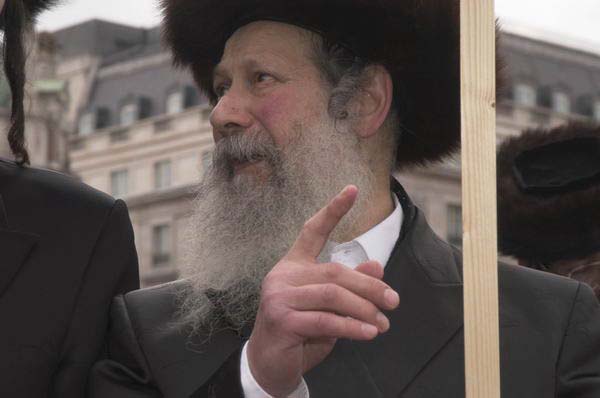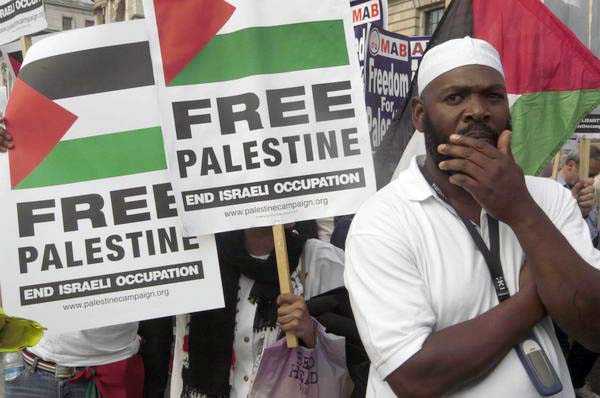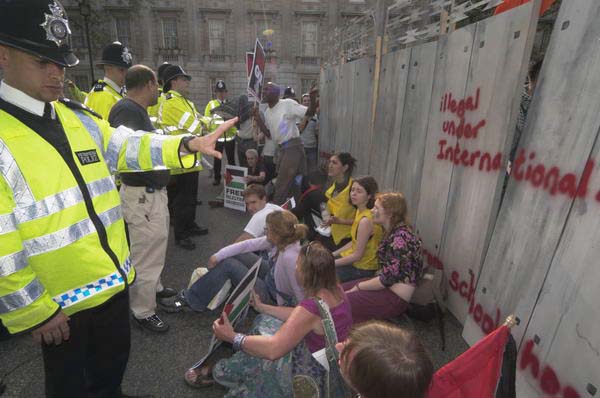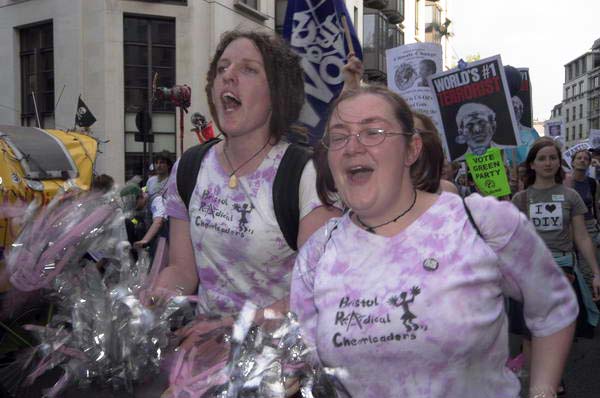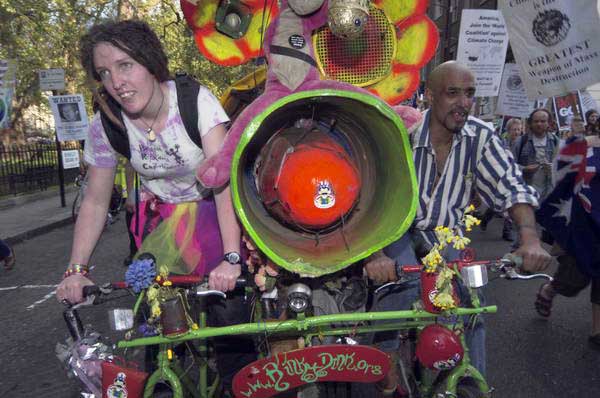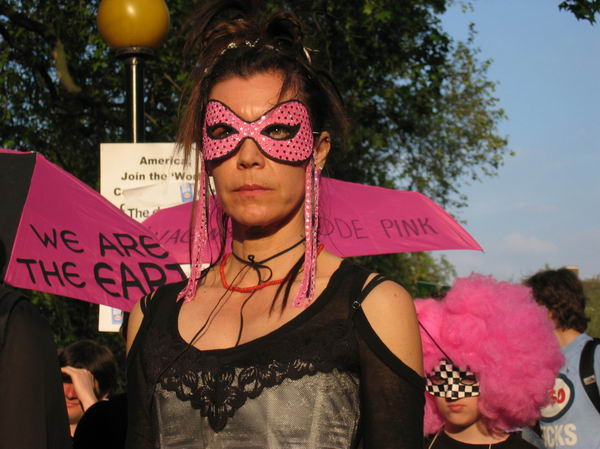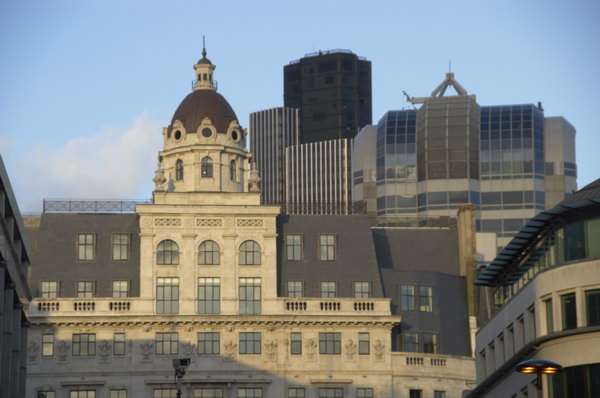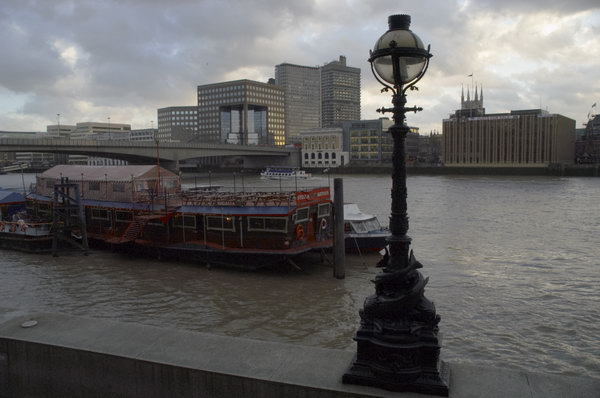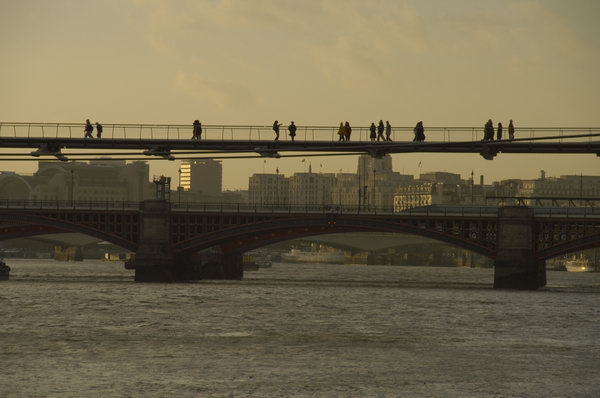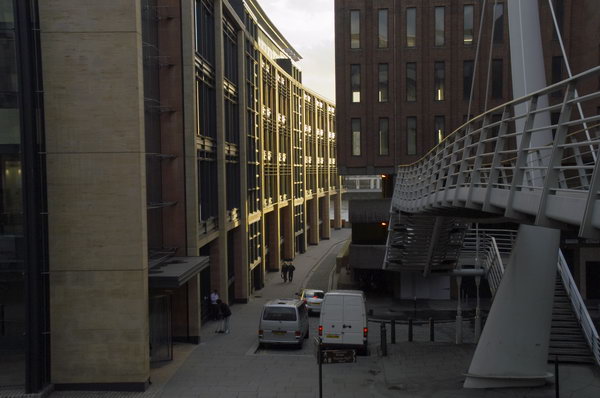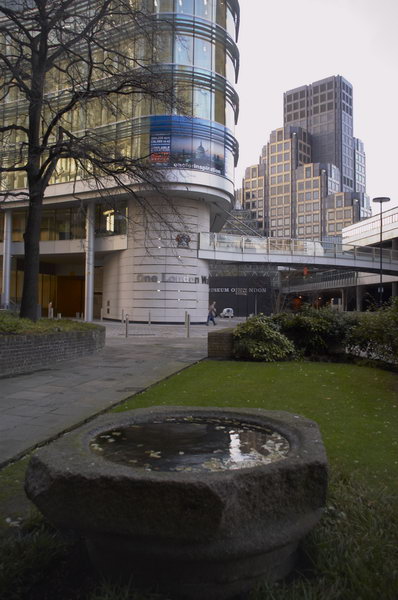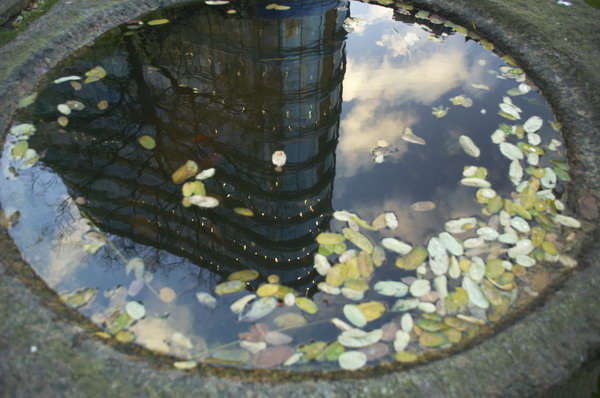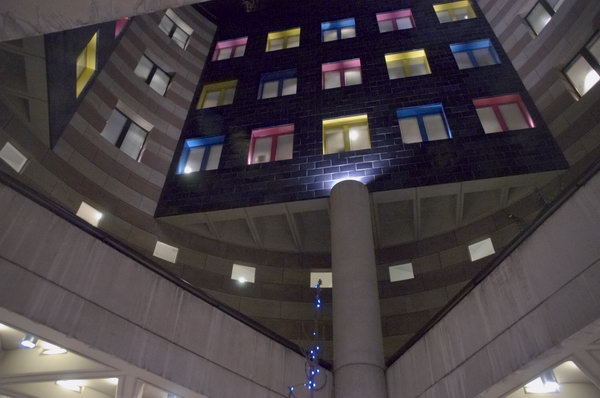Martyrdom of Ali, Save Fallujah: I had a fairly long and busy day on Sunday 7th November 2004, beginning with the annual London celebration of the martyrdom anniversary of Imam Ali, the first Imam of Shi’ite Islam. From Park Lane I walked to Parliament Square where a protest demanded that the troops were withdrawn from Iraq.
This was the day when US and UK troops began the bloody offensive of the Second Battle of Fallujah, codenamed ‘Operation Phantom Fury’, fighting against Iraqis in militia of all stripes including both Sunni and Shia, united in opposition to the US-imposed Shia-dominated government.
Finally I went to Trafalgar Square and took a few pictures of the Diwali celebrations taking place there, although I didn’t post any of these at the time on My London Diary.
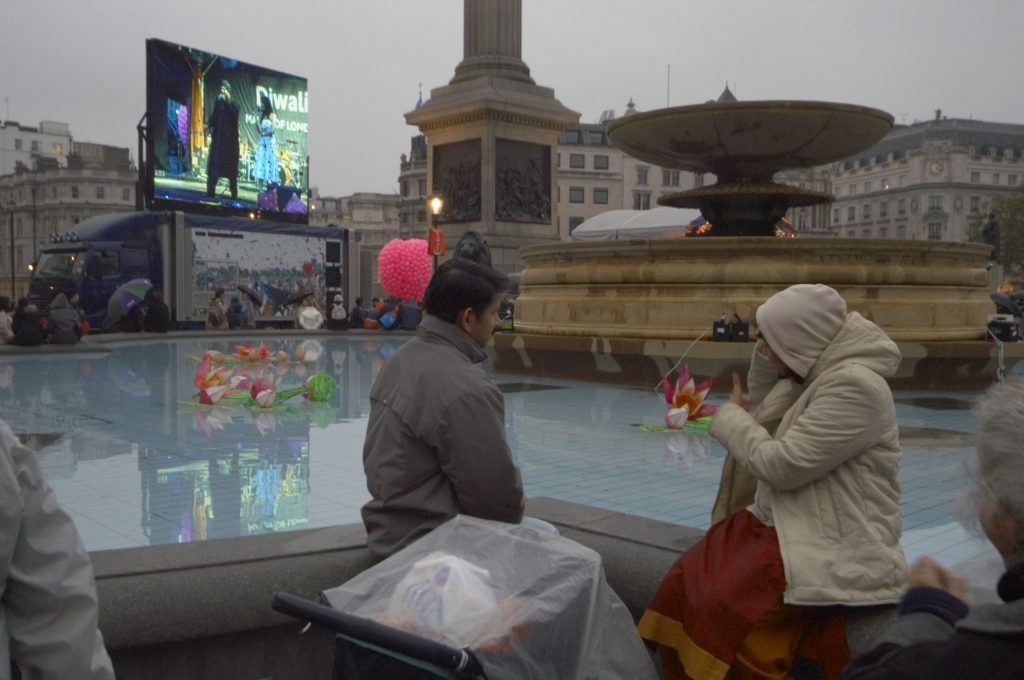
In this post I’ll reproduce (with minor corrections) what I wrote in 2004, along with some of the pictures I took. These were made with the first digital DSLR camera I owned, the 6Mp Nikon D100, and most were made with a Nikon 24-85mm lens (36-127mm equivalent), though I had recently got a second lens, a Sigma 12-24mm (18-36 equivalent.) The Sigma wideangle was rather slow and working at f5.6 in low light was difficult as the D100 which did not have the high ISO capabilities of more modern cameras.
Muslims mourn in London
Hyde Park and Park Lane

Sunday saw Muslims on the street for a religious event, a Jaloos & Matam on the Martyrdom anniversary of Imam Ali, organised by Hub-e-Ali, making its way from Hyde Park down Park Lane carrying a taboot or ceremonial coffin.

The event started with prayers, addresses and a mourning ceremony.
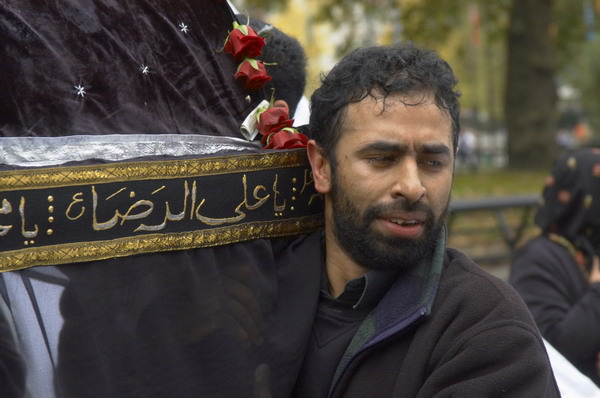
The banners carried included texts from the ‘purified five‘ members of the prophet’s family, but particularly Hasan Bin Ali Bin Abu Talib, the cousin and first believer in the prophet.
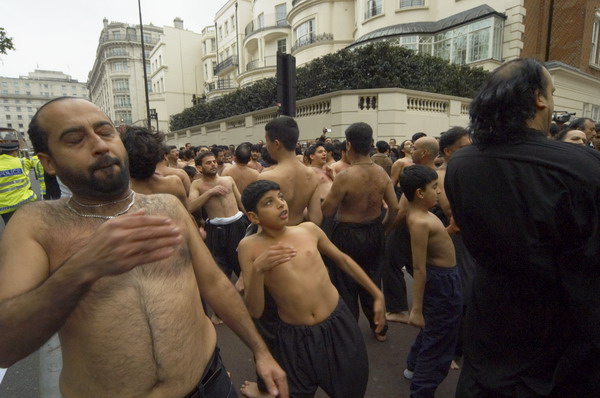
There was some impressive chanting and much beating of breasts (matam or seena-zani) by the men, chanting and sticks of incense being burnt. The women followed quietly behind.
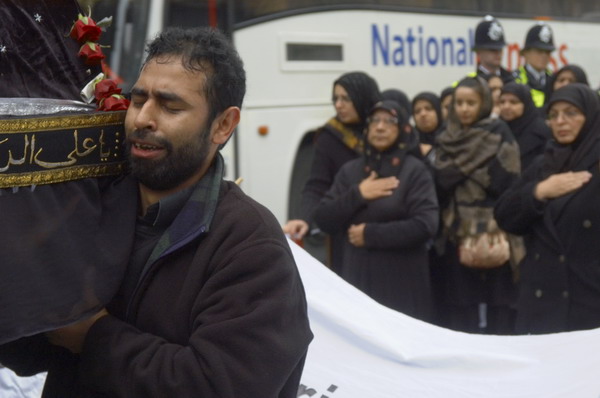
More images start here on My London Diary
Withdraw the Troops from Iraq – Save Fallujah From Destruction
Parliament Square and Whitehall
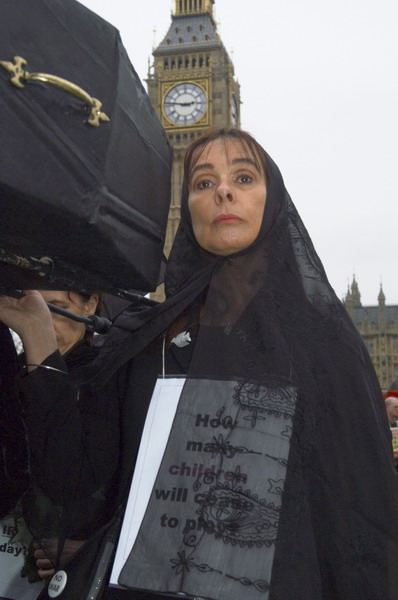
I met Dave at the procession on Park Lane and walked with him to Parliament Square where a demonstration was to be held demanding the withdrawal of troops from the cities of Iraq. From the news that morning it seemed the Americans were about to storm Fallujah. [They did – see below *]
The large anti-war organisations seemed to be keeping strangely quiet, and there were only a hundred or two demonstrators here.
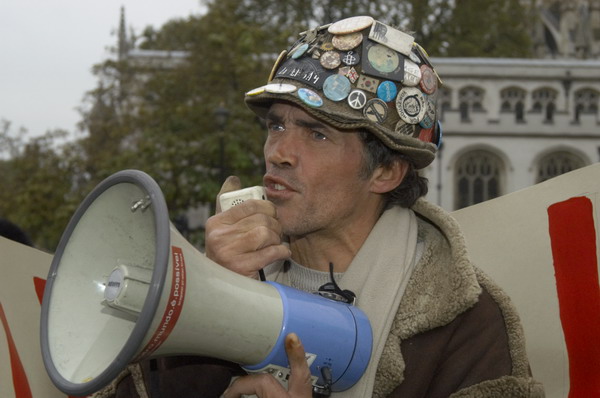
Among them of course was Brian Haw, now almost two and a half years into his permanent protest in the square, which seems likely to lead MPs to pass a bill specially to make such protests illegal.
I admire him for making such a stand, even if I don’t entirely share his views, and feel it will be a very sorry day for civil liberties in this country if such activities are banned.

There were a few placards and banners, and some people who had come with white flowers as requested.
There were few takers for the ‘open mike’ and nothing much was happening until a group of ‘Code Pink’ supporters intervened theatrically parading a black-dressed cortège around the square. The effect was literally dramatic.
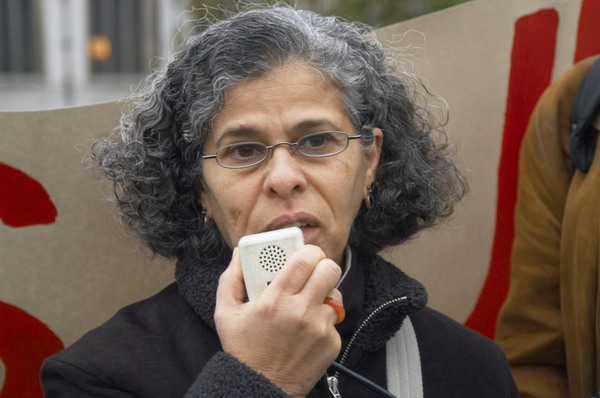
There were a few more speeches, including a moving one by Iraqi exile Haifa Zangana.
It was getting dark (or rather darker, as it had been dull and overcast, with the odd spot of rain all day) as we moved off up Whitehall towards the Cenotaph, where the funeral wreath was laid on the monument.
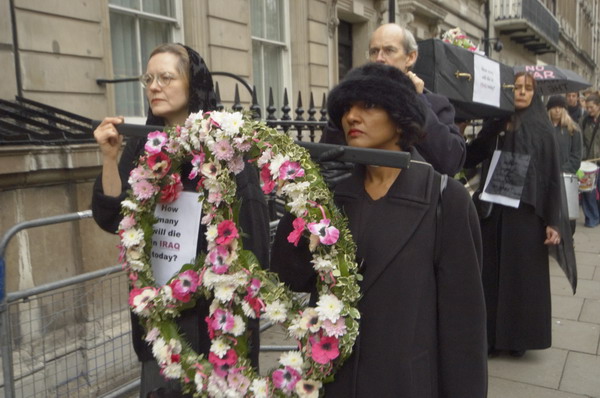
Police tried (although it is impossible to see why) to restrict the number of those putting flowers on the monument to an arbitrary five, but those who had brought flowers were not to be so easily diverted.
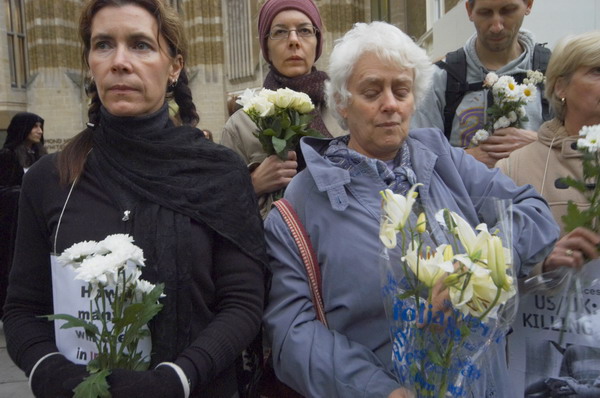
They ignored police orders and walked across the empty roadway to lay their flowers, and around 50 of the protesters staged a sit-down on the road.

Eventually the police warned them they would be removed forcibly if they did not get up, and then started to do so.
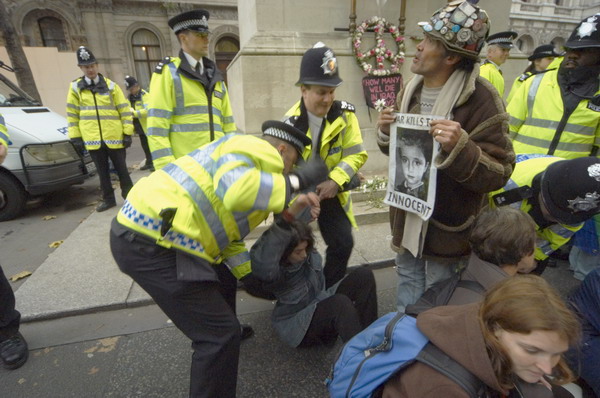
For the most part the police used minimum force, but there were one or two unnecessarily unpleasant incidents.
The protesters were then corralled for a few minutes on the pavement before being allowed to continue the demonstration in the pen opposite Downing Street.

Nothing much seemed to be happening, so I went home [via the Diwali celebrations in Trafalgar Square] when police refused to let me photograph from in front of the barriers.
It seemed an arbitrary and unnecessary decision, but this time I couldn’t be bothered to argue. I think they were just upset because I had taken pictures during the violence a few minutes earlier.
*More about Fallujah
The Second Battle of Fallujah lasted about six weeks and probably resulted in around 2,000 fighters dead and many wounded, mostly Iraqis, with just 107 of the coalition forces killed. Another roughly 1,500 Iraqis were captured.
US forces had stopped all men between 15 and 50 from leaving the city, and treated all those left inside as insurgents. Civilian deaths were later estimated at between 4,000 and 6,000. Civilians who were able to fled the city and around 200,000 became displaced across Iraq. Around a sixth of the city’s buildings were destroyed and roughly two thirds suffered significant damage.
The US forces were heavily criticised for their direct use of white phosphorus in the battle against both combatants and civilians. Highly radioactive epleted uranium shell were also used and a survey in 2009 reported “a high level of cancer, birth defects and infant mortality” in the city.”
More pictures from the protest on My London Diary.
Flickr – Facebook – My London Diary – Hull Photos – Lea Valley – Paris
London’s Industrial Heritage – London Photos
All photographs on this page are copyright © Peter Marshall.
Contact me to buy prints or licence to reproduce.
